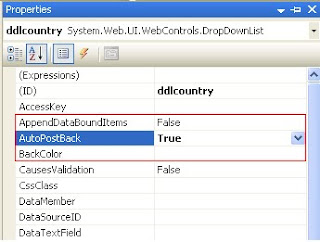What is ASP.Net?
ASP.Net is a web development platform, which provides a programming model, a comprehensive software infrastructure and various services required to build up robust web application for PC, as well as mobile devices.ASP.Net works on top of the HTTP protocol and uses the HTTP commands and policies to set a browser-to-server two-way communication and cooperation.
ASP.Net is a part of Microsoft .Net platform. ASP.Net applications are complied codes, written using the extensible and reusable components or objects present in .Net framework. These codes can use the entire hierarchy of classes in .Net framework.
The ASP.Net application codes could be written in either of the following languages:
- C#
- Visual Basic .Net
- Jscript
- J#
ASP.Net Web Forms Model:
ASP.Net web forms extend the event-driven model of interaction to the web applications. The browser submits a web form to the web server and the server returns a full markup page or HTML page in response.All client side user activities are forwarded to the server for stateful processing. The server processes the output of the client actions and triggers the reactions.
Now, HTTP is a stateless protocol. ASP.Net framework helps in storing the information regarding the state of the application, which consists of:
- Page state
- Session state
User adds items to a shopping cart. Items are selected from a page, say the items page, and the total collected items and price are shown in a different page, say the cart page. Only HTTP cannot keep track of all the information coming from various pages. ASP.Net session state and server side infrastructure keeps track of the information collected globally over a session.
The ASP.Net runtime carries the page state to and from the server across page requests while generating the ASP.Net runtime codes and incorporates the state of the server side components in hidden fields.
This way the server becomes aware of the overall application state and operates in a two-tiered connected way.
